
Teaching and learning resources for the construction industry with NVQ and Diploma Assessment Criteria
Aim
Learning outcome
The learner will:
Assessment Criteria
The learner can:

Basic P.P.E.
On the construction site you need basic P.P.E. before starting any work activity, basic P.P.E. is Safety Boots, Gloves, Hardhat, Goggles and Hi Viz Waistcoat.
As an employee it is your responsibility to look after your Personal Protection Equipment and not misuse or interfere anything provided in the interest of Health & Safety.
Your employer has a duty to supply you with Personal Protection Equipment plus training enabling you to carry out your construction work safely.
P.P.E. should be used as a last resort.
Wherever there are risks to Health & Safety that cannot be adequately controlled in other ways, the Personal Protective Equipment at Work Regulations 1992 require P.P.E. to be supplied.
The Regulations also require that P.P.E. is:
· Properly assessed before use to make sure it is fit for purpose;
· Maintained and stored properly;
· Provided with instructions on how to use it safely;
· Used correctly by employees.
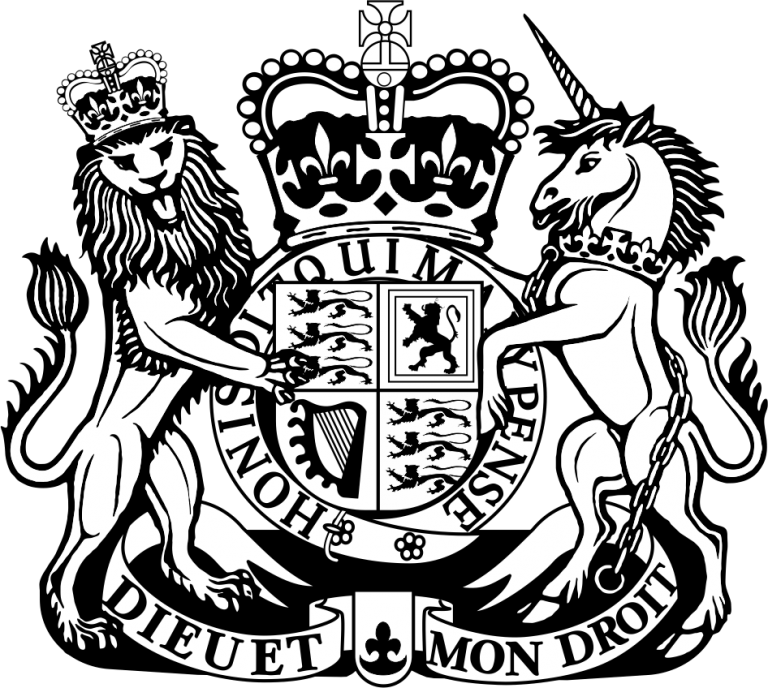
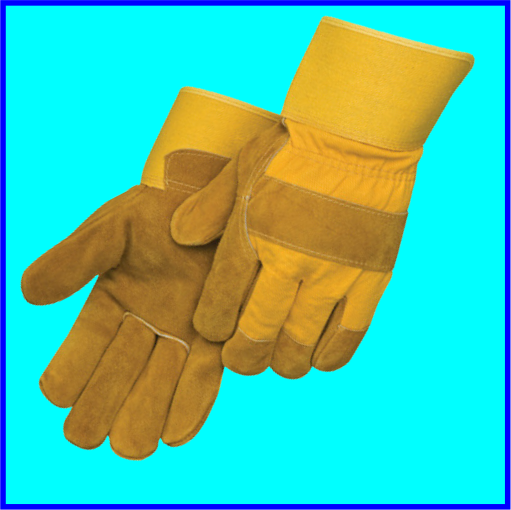
Leather Safety Gloves
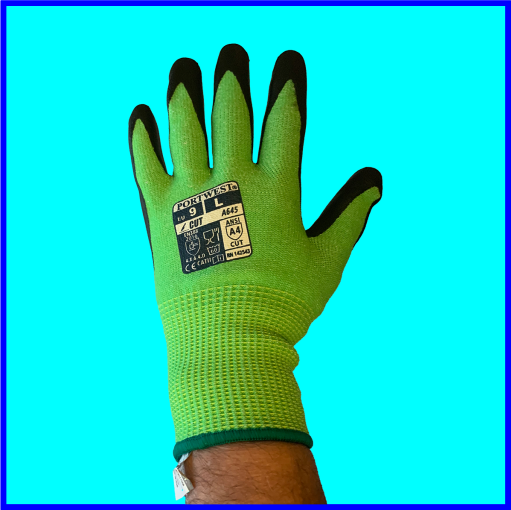
Fabric Safety Gloves
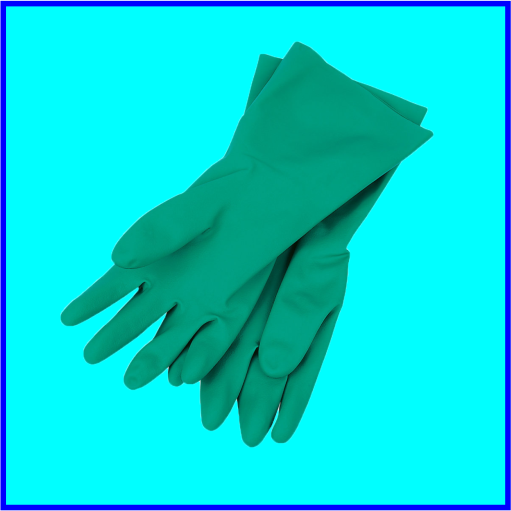
Rubber Safety Gloves
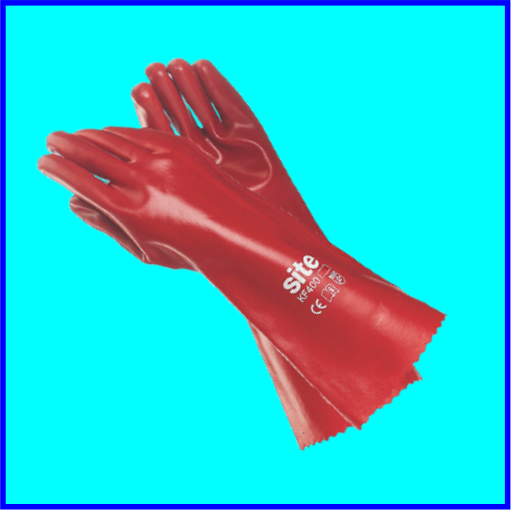
Chemical Safety Gloves
There are many types of safety gloves manufactured today to protect against a wide variety of hazards, ensuring you choose the right type for the particular hazard can be a challenge gloves fall into four major types.
1. Leather, Canvas or Metal Mesh Gloves protect the hand from cuts, burns and punctures.
2. Fabric and Coated Fabric Gloves protect a hand from dirt, chafing and abrasions.
3. Insulating rubber gloves protect the hand from electric shock
4. Chemical and liquid-resistant gloves protect a hand against chemicals in Harley acute toxicity.
Although extraction systems should minimise the risk of flying chips etc, it is strongly advised that eye protection should be provided to operatives at risk.
Special areas of risk will include, for example, sawdust collection areas
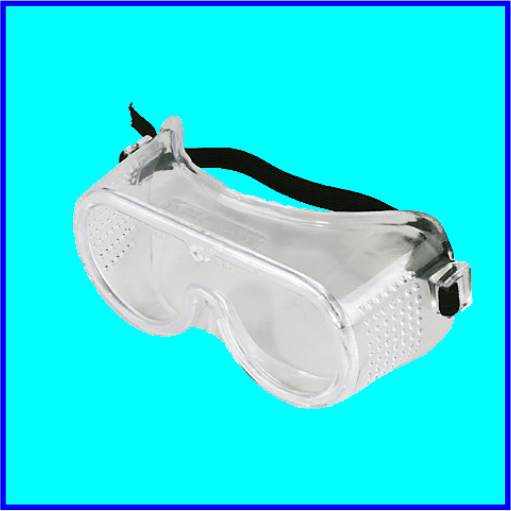
Safety Goggles
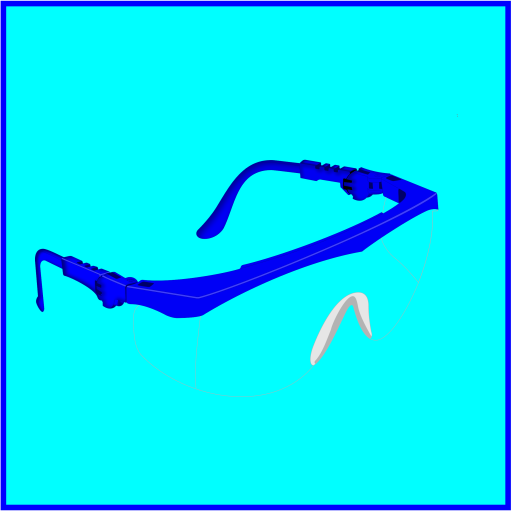
Safety Spectacles
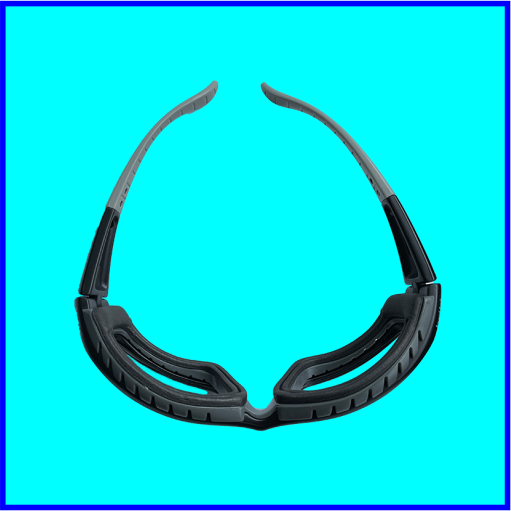
Safety Goggles
Safety footwear with reinforced toe caps and Anti-nail penetration steel midsole plate should always be worn in the workplace
You need to protect your feet against various hazards, including damp, cold, sharp objects, uneven ground and crushing.
There are many types of safety like the standard Safety Boots and Safety Wellingtons you can also buy some High Rigours Boots plus Trainers specially designed with steel toe caps and steel sole plate.
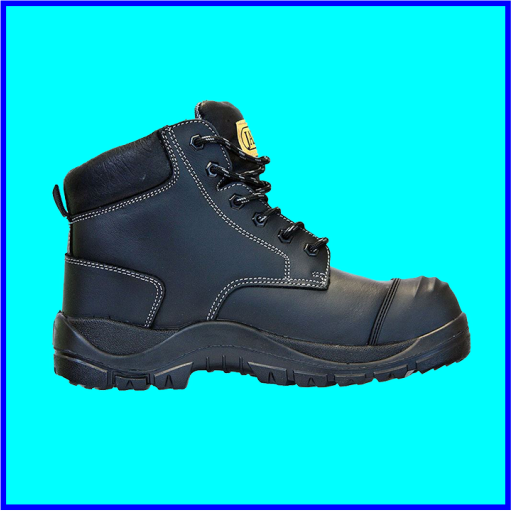
Safety Boots
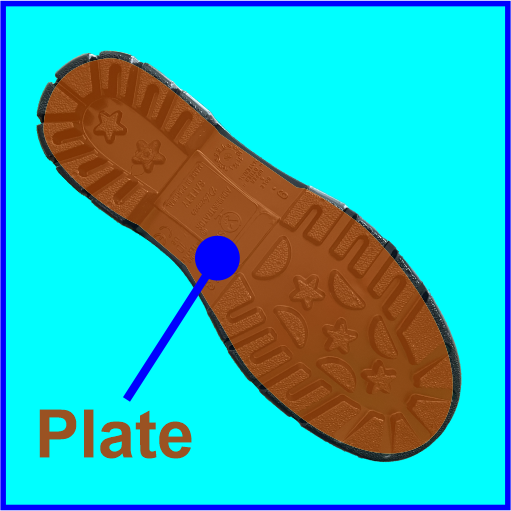
Steel Midsole Plate
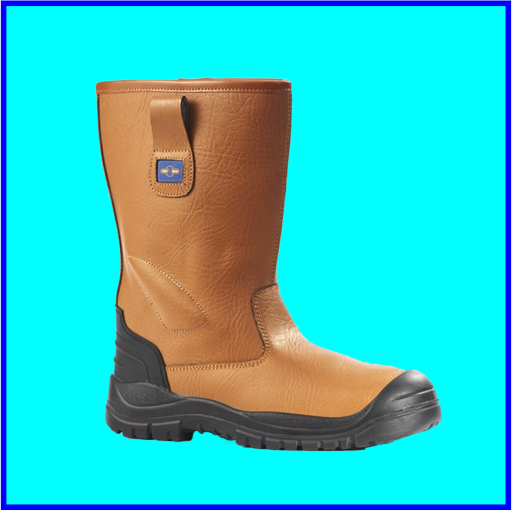
High Rigours
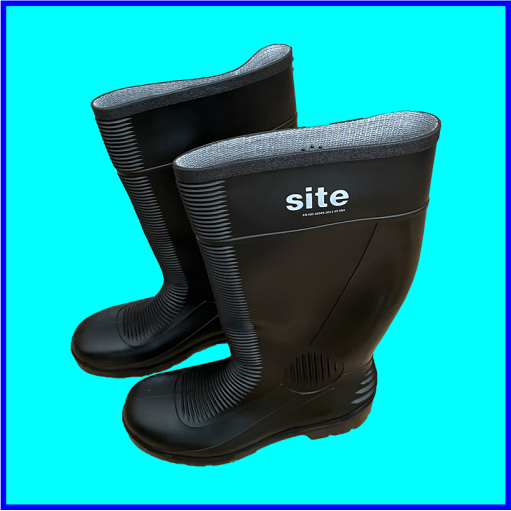
Wellingtons
Construction dust is not just a nuisance – it can seriously damage your health. Regularly breathing in these clouds of dust over a long time can cause life-changing lung diseases.
There are
Three main types:
Silica Dust – created when working on silica-containing materials like concrete, mortar and sandstone (also known as respirable crystalline silica or RCS);
Wood Dust – created when working on softwood, hardwood and wood-based products like MDF and plywood;
Other ‘General’ Dust – created when working on other materials containing very little or no silica.
The most common include gypsum (eg in plasterboard), limestone, marble and dolomite.
The first line of defence against dust is Local exhaust ventilation (LEV) inside a building or vacuum system fitted on a portable hand tool extraction of dust into a sealed bag.
Additional defence against dust is facemask there are many different types always read the manufacturers instructions before using.
Using respirators with the correct filter is another option but these must be fitted correctly and must be trained to use them.
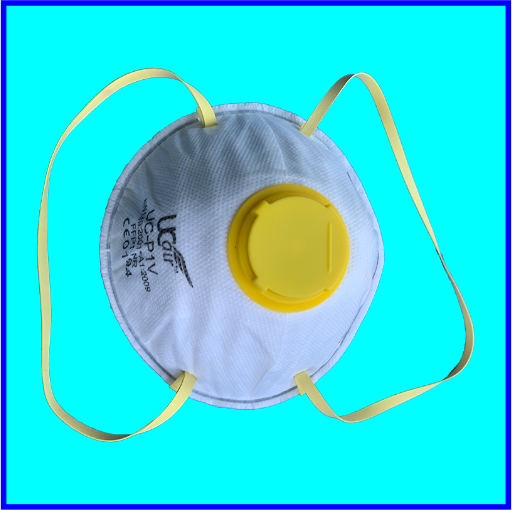
Safety Mask
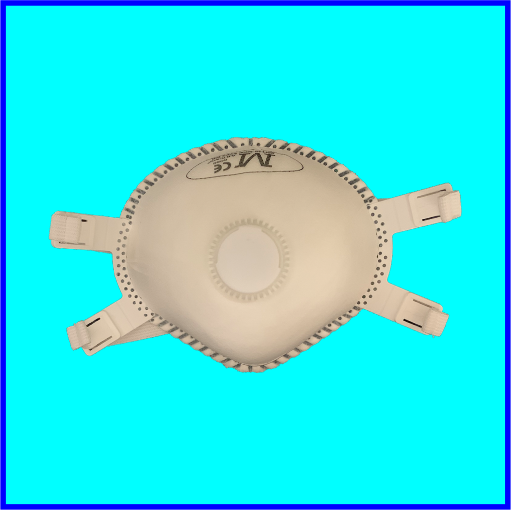
Safety Mask
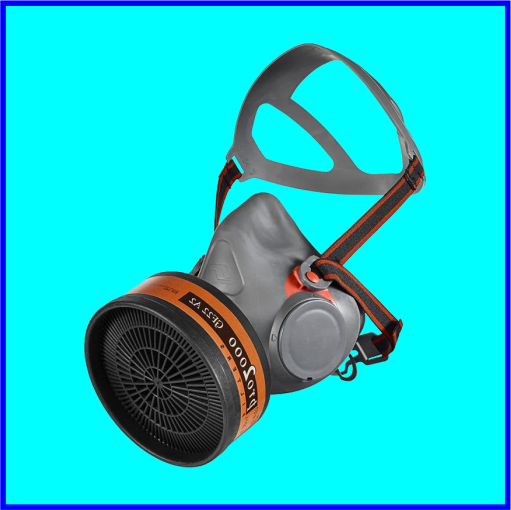
Respirators
All construction sites employees and employers or visitors must wear a safety helmet on site which is necessary to comply with the Personal Protective Equipment Regulations 1992.
Safety Helmets can protect you from Objects falling from a height like tools, bricks and other building materials.
Most construction sites use Safety Helmet Colour Guide to quickly identify key workers and personnel to assist in emergencies, for example, First Aiders will have a green helmet with a white cross.
Additional Personal Protection Equipment (P.P.E.) can be fitted to Safety Helmets like, Ear Protectors and visors which can be fixed or attachable.
With any (P.P.E.) should be fit for purpose and fit correctly.
For additional information follow the link below.
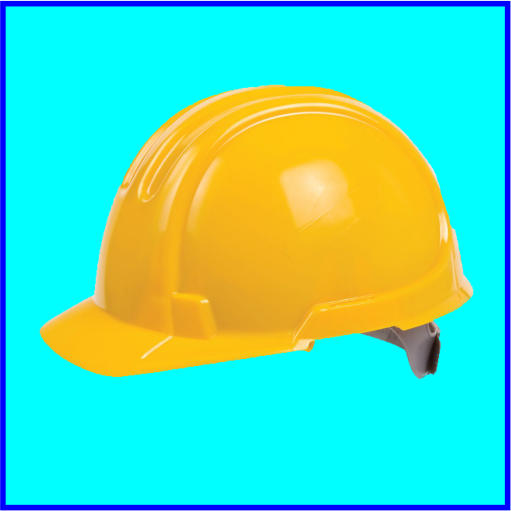
Safety Helmet
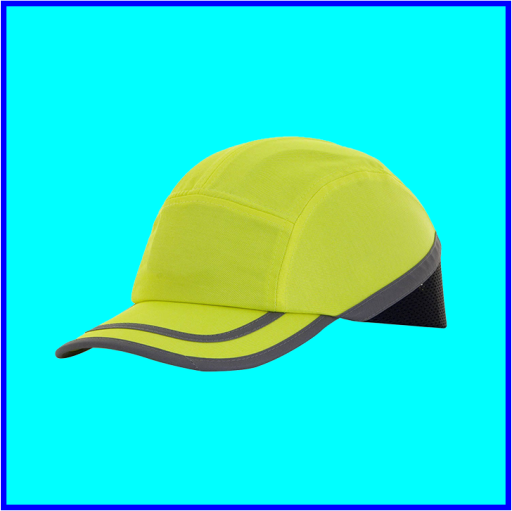
Bump Caps
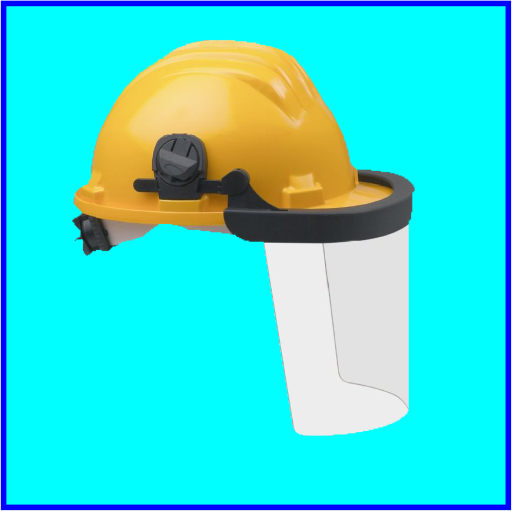
Safety Helmet with Visor
These should be worn when carrying out noisy activities
for example using woodworking machinery, portable
tools etc
Construction sites are the main source of sound exceeding 85 Decibels (dB) for example
Jackhammer: 100 dBA.
Chop saw: 105 dBA.
Chain saw: 110 dBA.
Hammer drill: 115 dBA.
Exposure time
8 hours of exposure to 90 dBA but only 2 hours of exposure to 100 dBA sound levels.
When carrying out any noisy activity you must wear the correct Ear Protection there are three main types, Canal Caps, Ear-muffs and Earplugs.
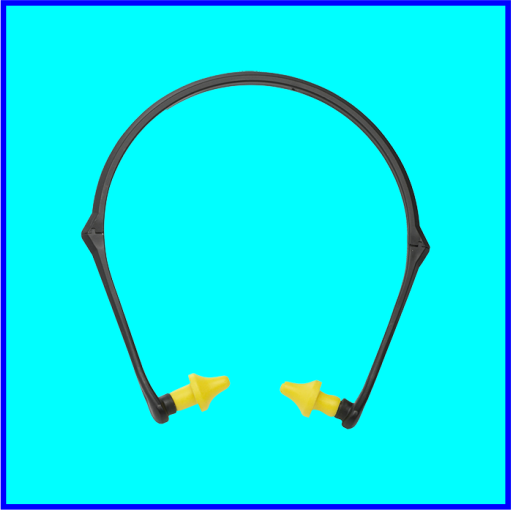
Canal Caps
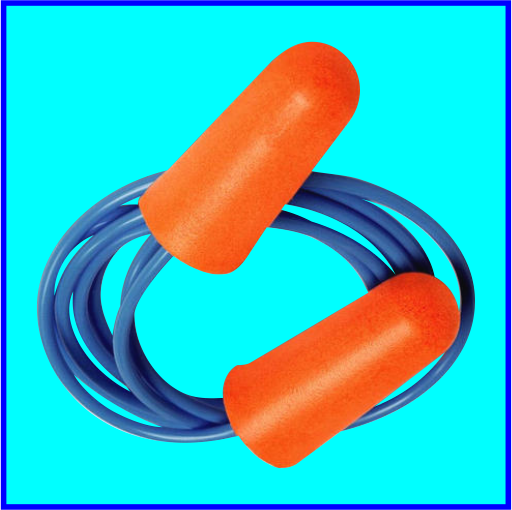
Earplugs
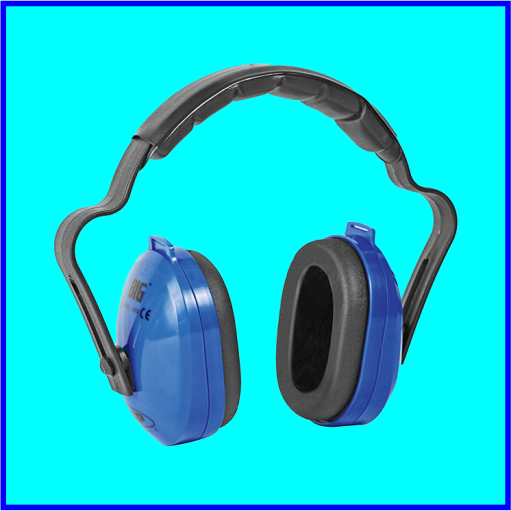
Ear-Muffs
Mobile machinery on-site needs to be controlled safely and personnel to be wearing Hi-Viz Clothing especially in lowlight conditions.
The most common colour for Hi-Viz on a construction site is yellow and for trained signal, has a colour green.
Wearing High-visibility clothing reduces the risk of accidents and fatalities in construction, High-Visibility Clothing several types of garments like vests, jackets, trousers and suits.
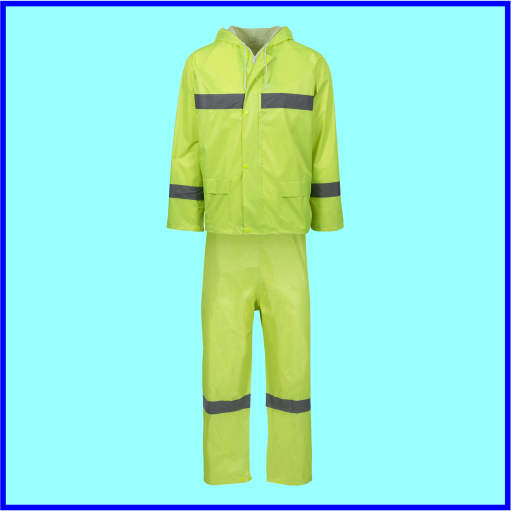
Hi-Viz Suit
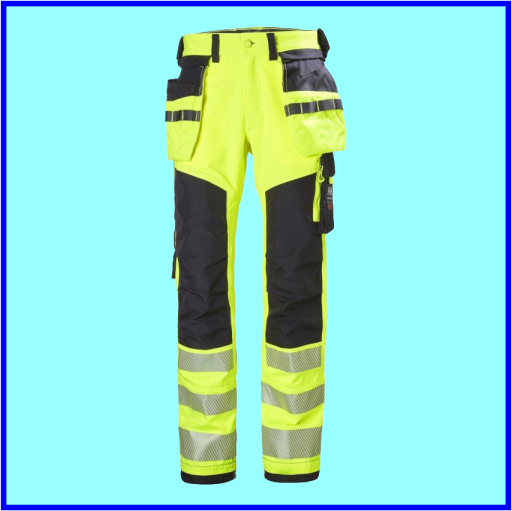
Hi-Viz Trousers
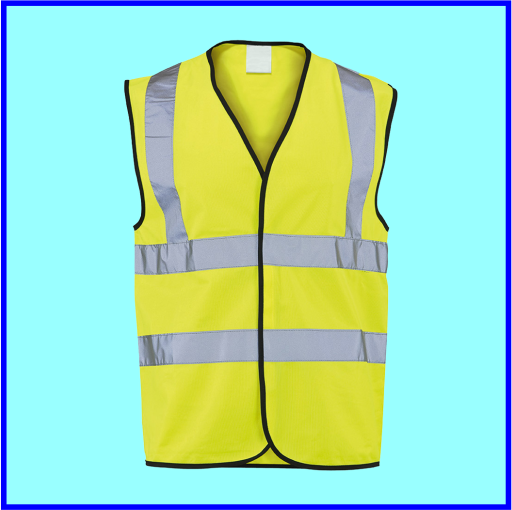
Hi-Viz Vest
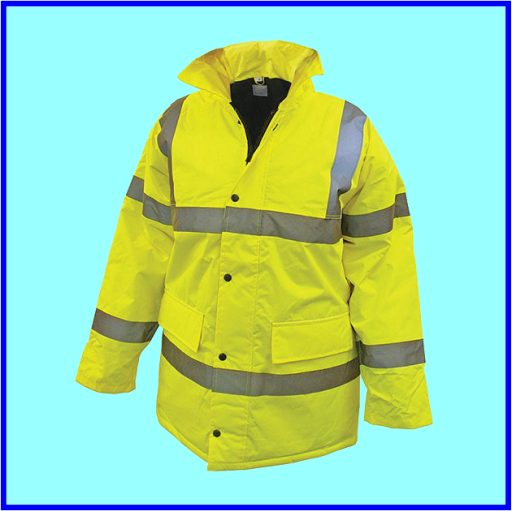
Hi-Viz Jacket